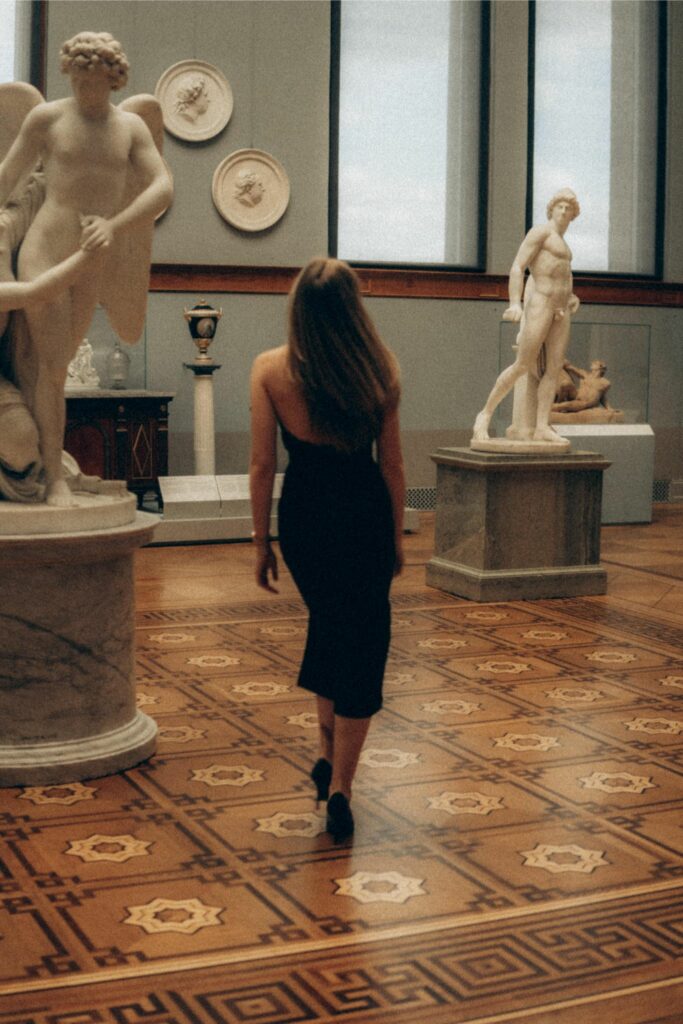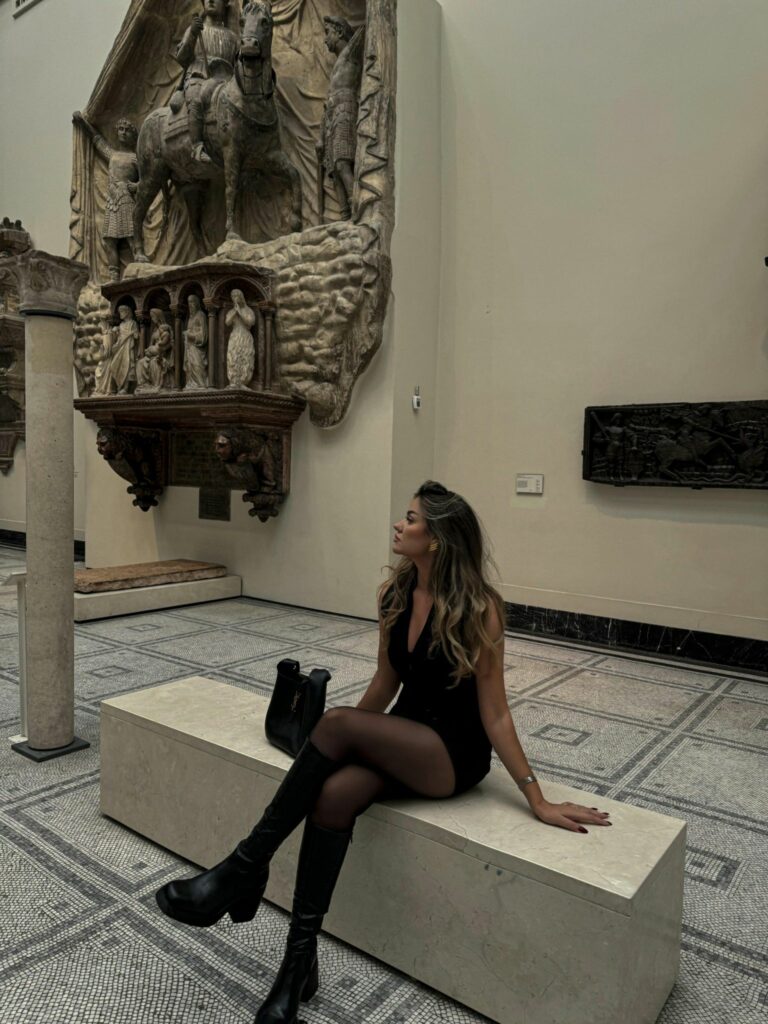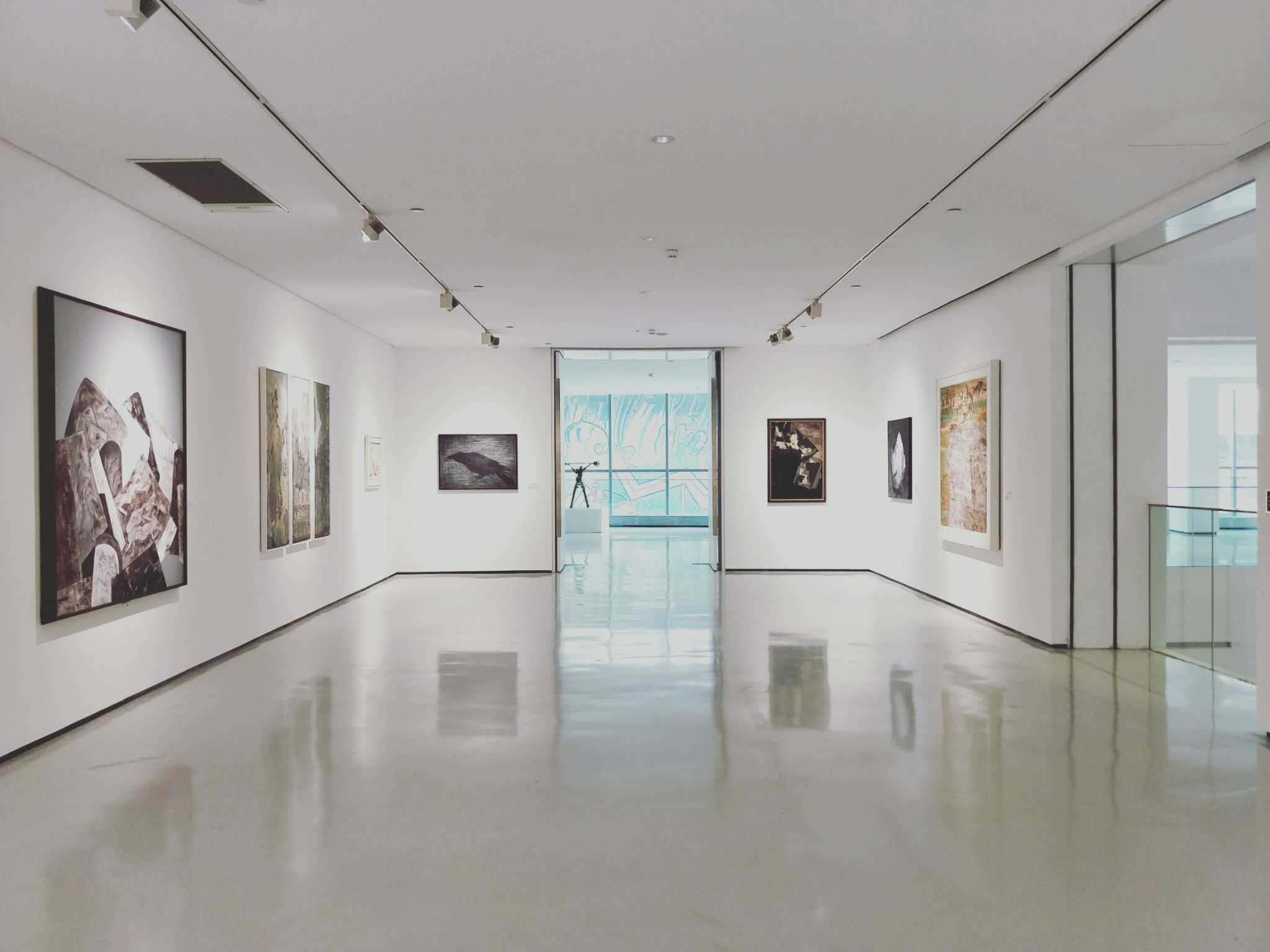In an unforeseen twist in the drama currently playing out between Tasmania’s Museum of Old and New Art (MONA) and the country’s legal system, artist and museum curator Kirsha Kaechele has decided to install a toilet in the gallery. The gallery features a special exhibition titled “Ladies Lounge,” an exhibition space featuring art by iconic artists such as Sidney Nolan and Pablo Picasso, as well as antiquities from ancient civilisations such as Africa, Central America, and Mesopotamia. The gallery was opened for ‘public’ viewing in 2020 with one caveat: only people who identify as ladies are allowed entry.
The gallery, which is described as a luxurious affair, wrapped in lush green velvet with champagne-bearing male butlers in attendance, is Kaechele’s expression of gender-based discrimination that saw women’s access to public spaces limited as late as the 1960s. The performance of gender-based discrimination was no doubt very effective, as evidenced by New South Wales resident Jason Lau’s complaint with Tasmania’s civil and administrative tribunal. The plaintiff, a man, had found that being denied access to the exhibition space violated Tasmania’s anti-discrimination act as the museum failed to provide him with “fair provision of goods and services in line with the law. According to Kaechele, however, these feelings of exclusion were exactly ‘the point’. She explains that the male experience of the Ladies Lounge through feelings of rejection, denial, and exclusion is the artwork, and that men who paid the ticket price to enter the museum are getting what they paid for out of the gallery. Hence, no discrimination had, in reality, taken place.

The exhibition draws inspiration from commercial practices in Australian pub culture in the olden days—as late as 1965. Unfortunately, this was not enough to convince the tribunal that the exhibition did not, in fact, discriminate and even promoted gender equality. Instead, it gave a grace period of 28 days to cease refusing entry to ‘non-ladies’, which expired on the 6th of this month. The Ladies Lounge has been closed to the public since. Kaechele’s celebration of art and gender performance in the public space did not end with the lounge; however, the defendant and her entourage of 25 women sat through the court proceedings attired in crisp navy business attire and engaged in a discreet synchronised choreography throughout the day. After the hearing and verdict, the group exited the premises to the soundtrack of Robert Palmer’s ‘Simply Irresistible’.
Following the legal proceedings, the actress explored a variety of ways in which men could be excluded from the artwork within the confines of the law in order to keep the spirit of the original installation intact. Speaking to local news media, the Mercury, she stated that “The Ladies Lounge will become a toilet, a church, and a school. Thanks to the ruling, we have no choice but to open ourselves to a whole range of enriching experiences—spiritual and educational—to discover fascinating new possibilities, and to become better.” Accordingly, the gallery will soon feature a toilet as artwork, which, provided it is usable, could perhaps qualify it as a ‘women’s only’ space. A church, in the form of a space of religious ‘learning’ where women come together to learn about the Bible, and question it. As a school, the gallery will extend itself to men in a gesture of inclusivity, allowing them entry on Sundays to ‘learn’ to do domestic chores traditionally associated with women, such as ironing and folding laundry in a series of graceful movements designed by a Rinpoche (‘teacher’, in Tibetan) and refined by Tai Chi masters. In the meantime, some of the art pieces will be moved into the existing ladies toilets to ensure that viewings remain uninterrupted.

The legal aspect of the issue does not end with the transformation of the Ladies Lounge into a ladies room. Kaechele is planning to appeal the tribunal ruling before the state supreme court, which she opts to call the ‘verdick’. According to her perspective, the exhibit’s trials only enhance the experience that her installation was meant to invoke in men: “the lived experience of women forbidden from entering certain spaces throughout history.” Given that current laws in Australia do not allow her to express herself through her chosen medium, Kaechele believes that there is a need to challenge the law, not the arts, in order to “consider a broader reading of its definitions as they apply to art and the impact it has on the world, as well as the right for conceptual art to make some people (men) uncomfortable.”
(Theruni Liyanage)
